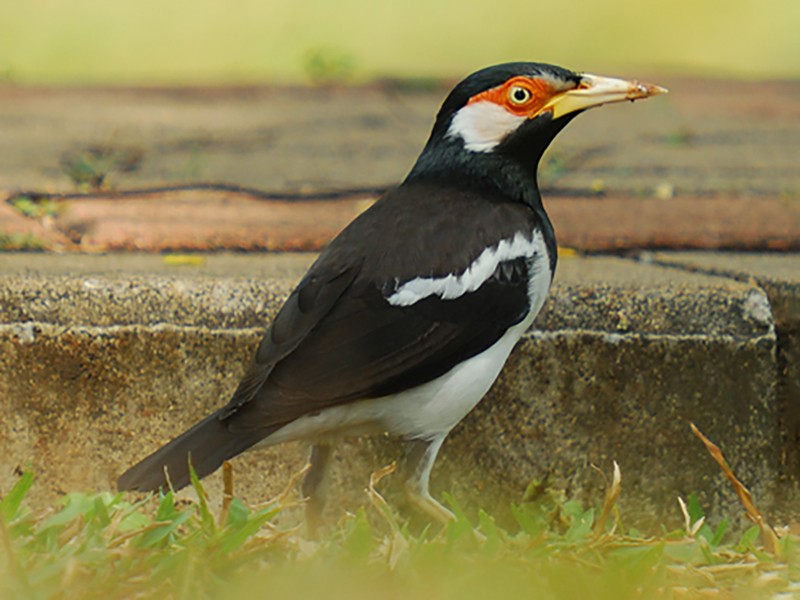
Preserving habitats is a critical endeavor for the conservation of both small and large rare bird species. The rediscovery of the Pale-headed Brushfinch nearly 25 years ago in a dry inter-Andean valley in west-central Ecuador marked a significant turning point. After three decades without a record of this species, a sense of relief washed over those involved in the expedition, spearheaded by the Fundación de Conservación Jocotoco (Jocotoco) with support from ABC (American Bird Conservancy). However, this relief soon turned into concern.
At the time, the species was estimated to number around 15 pairs, with a habitat size of about 60 acres within the Rio Yunguilla Valley. Recognizing the urgency, Jocotoco and ABC launched immediate conservation efforts. These initiatives focused on acquiring, protecting, and enhancing the habitat for the Pale-headed Brushfinch, while also mitigating threats like wildfires. Over the years, the species’ story became a shining example of how localized efforts can save a species from extinction, underpinned by well-informed strategies and research.
By 2021, the Pale-headed Brushfinch population had tripled to approximately 240 individuals, with 112 known territories. With the protection of around 485 acres of habitat, the species was reclassified from “Critically Endangered” to “Endangered” on the International Union for Conservation of Nature (IUCN) Red List. This success story demonstrated that a relatively small amount of habitat, when properly managed, can make a substantial difference in preventing extinction. This principle extends to numerous other highly localized species.
However, devising effective conservation plans for rare bird species is a complex challenge, primarily because each species has unique habitat requirements. Yellow Warblers and House Wrens, for example, have been known to nest in territories smaller than an acre, while eagles may need thousands of acres to establish successful nests. Thus, a well-executed plan requires comprehensive research and understanding of a species’ population size, location, habitat needs, and threats.
Unlike more well-studied bird species, rare birds often lack sufficient information to initiate conservation efforts. This is the case with the Antioquia Brushfinch, a cousin of the Pale-headed Brushfinch. Discovered near Medellín, Colombia, in 2018, the Antioquia Brushfinch had no records from 1971 until its rediscovery. The bird’s habitat has been largely converted to agriculture, making its protection crucial.
Mapping tools, such as satellite imagery and Geographic Information System (GIS) software, have become vital for conservationists to identify suitable habitats and potential sites. These tools help define the range of a species and preferred habitats, facilitating targeted conservation efforts
Protecting multiple threatened bird species simultaneously is a new challenge in conservation. By overlapping conservation efforts, opportunities arise to protect entire ecosystems, benefiting not only birds but also other organisms. The 30×30 initiative, aiming to protect 30% of the Earth’s surface by 2030, offers a framework for large-scale habitat conservation.
For highly dispersed species, a larger-scale approach is necessary. Some species require vast protected areas to maintain viable populations. Additionally, migratory birds demand consideration due to their multi-habitat lifecycle, including breeding, wintering, and migration stopovers.
In conclusion, preserving habitats is vital for conserving both small and large rare bird species. Successful conservation efforts require a comprehensive understanding of species’ needs, combined with well-informed strategies and collaboration among various stakeholders. By protecting habitats, we ensure the survival of these unique and valuable members of our natural world.





